Do you know that pretty piece of red velvet cake that is a perfectly rich red color?
Well, good chances are you’re eating red food coloring (Allura Red or FD&C Red No. 40).
Adding vibrant colors to food, cosmetics, and pharmaceutical products enhances their visual appeal, making them more enticing. When it comes to food dyes, there are both artificial and natural options (stay tuned for another article on how to dye foods naturally!). Artificial dyes are popularly utilized because they offer excellent light stability, easy availability, and cost advantages over natural alternatives.
NOT SO FUN FACTS:
- Approximately 43% of foods marketed to children contain food dyes.
Candy marketed to kids has the highest proportion of products with artificial food dyes. Other products containing significant food dyes are fruit-flavored snacks, drink mixes, powders, and frozen breakfast foods.
-Intake of artificial food dyes has increased by approximately 500% over the past 50 years.
It’s important to note that current research on the subject has suggested a potential association between artificial food dyes and various conditions, including colitis, liver toxicity, atopic dermatitis, asthma, allergies, hypersensitivities, food immune reactivity, impaired digestion, and neurobehavioral disorders such as ADHD and ADD. However, it is important to highlight that the findings are largely limited to animal studies, and further research is necessary to better understand the impact of artificial food dyes on human health.
There are many proposed mechanisms of action by which food dyes contribute to the development of the conditions listed above. In terms of gastrointestinal health, a significant portion of the research examining colitis and intestinal inflammation has centered around FD&C Red No. 40 or Allura Red, a specific food dye. Numerous animal studies have revealed that this dye can potentially trigger colitis by interacting with the gut microbiota.
Moreover, it is suggested that food colorants can readily attach to proteins in the body, including hemoglobin. This binding process can also take place within the digestive tract, resulting in the accumulation of undigested immunogenic peptides in the gut. This accumulation can lead to inflammation through increased gut permeability and subsequently contribute to systemic inflammation, potentially leading to conditions like autoimmunity.
Here is a list of food dyes certified by the FDA and where you might find them:
- FD&C Red No. 40, Allura Red AC, Red 40 Lake, 40 Aluminum Lake
- FD&C Blue No. 1, Brilliant Blue
- FD&C Blue No. 2, Indigotine, Indigo Carmine
- FD&C Green No. 3, Fast Green
- Orange B
- Citrus Red No. 2
- Red No. 3, Erythrosine
- Yellow No. 5, Tartrazine
- Yellow No. 6, Sunset Yellow, C.I. Food Yellow 3
You can find these food dyes in pre-packaged baked goods, breakfast cereals, hot dogs, sausage casings, condiments, premade sauces, packaged pasta dinners, frozen foods/meals, ice cream, popsicles, Jello, sports drinks, Kids' fruit juices, sodas, instant rice and potatoes, gravy mixes, cake mix, icings, sprinkles, chocolates, candy, chips/salty snacks, granola bars/snack bars, cookies, non-organic meat.
Some of these artificial food dyes are banned in other countries. States like California are pushing for warning labels on products containing certain food products, including food dyes and colorings, and groups such as the Center for Science in the Public Interest have filed petitions with the FDA to ban and restrict food additives such as artificial dyes.
As a registered dietitian, I highly recommend limiting the consumption of ultra-processed foods like many mentioned above. It may not be easy to eliminate artificial food dyes completely, but you can take steps to reduce them significantly, and I believe it will only benefit your health!
- Shop the perimeter of the grocery store- opt for fresh produce and ingredients
-READ ingredient lists and food labels- compare foods you normally buy with other brands- choose brands that do not contain food dyes. Sometimes this is promoted in marketing certain brands, “no artificial dyes.”
o Yum Earth and Unreal Candy
- Ditch artificially colored/flavored drinks- opt for water. If you need electrolyte-rich beverages, Kinderlyte is an electrolyte solution I recommend that does not contain artificial dyes. You can even make homemade electrolyte beverages.
-GET CRAFTY/CREATIVE- make food from scratch. This is not an option for everyone, but small steps make a difference. Discover the joy of crafting your own Homemade Gummies for Kids!
-Talk with a registered dietitian about incorporating more healthful foods into your lifestyle.
Coming up next in this series: an exciting article on how to naturally dye your food! Keep following for more information.
- Chen, L., He, Z., Reis, B. S., Gelles, J. D., Chipuk, J. E., Ting, A. T., Spicer, J., Trapani, J. A., Furtado, G. C., & Lira, S. A. (2022). IFN-γ+ cytotoxic CD4+ T lymphocytes are involved in the pathogenesis of colitis induced by IL-23 and the food colorant Red 40. Cellular & Molecular Immunology, 19(7), 777–790.
- Kwon, Y. H., Banskota, S., Wang, H., Rossi, L., Grondin, J., Syed, S., Yousefi, Y., Schertzer, J. D., Morrison, K. M., Wade, M. G., Holloway, A. C., Surette, M. G., Steinberg, G. R., & Khan, W. I. (2022). Chronic exposure to synthetic food colorant Allura Red AC promotes susceptibility to experimental colitis via intestinal serotonin in mice. Nature Communications, 13(1).
- Food dyes. (2022, July 28). Center for Science in the Public Interest.
- He, Z., Chen, L., Catalan-Dibene, J., Bongers, G., Faith, J. J., Suebsuwong, C., DeVita, R. J., Shen, Z., Fox, J. G., Lafaille, J. J., Furtado, G. C., & Lira, S. A. (2021). Food colorants metabolized by commensal bacteria promote colitis in mice with dysregulated expression of interleukin-23. Cell metabolism, 33(7), 1358–1371.e5.
- Merinas-Amo, R., Martínez-Jurado, M., Jurado-Güeto, S., Alonso-Moraga, Á., & Merinas-Amo, T. (2019). Biological Effects of Food Coloring in In Vivo and In Vitro Model Systems. Foods (Basel, Switzerland), 8(5), 176.
- Anıl, H., & Harmancı, K. (2020). Evaluation of contact sensitivity to food additives in children with atopic dermatitis. Postepy dermatologii i alergologii, 37(3), 390–395.
- Rambler, R. M., Rinehart, E., Boehmler, W., Gait, P., Moore, J., Schlenker, M., & Kashyap, R. (2022). A Review of the Association of Blue Food Coloring With Attention Deficit Hyperactivity Disorder Symptoms in Children. Cureus, 14(9), e29241.
- Vojdani, A., & Vojdani, C. (2015). Immune reactivity to food coloring. Alternative therapies in health and medicine, 21 Suppl 1, 52–62.
- Kobylewski, S., & Jacobson, M. J. (2012). Toxicology of food dyes. International Journal of Occupational and Environmental Health, 18(3), 220–246.
- Center for Food Safety and Applied Nutrition. (n.d.). Summary of color additives for use in the United States. U.S. Food and Drug Administration.
- Sagon, C. (2014, August 28). 8 foods we eat that other countries ban. Blogs.
- Potera C. (2010). The artificial food dye blues. Environmental health perspectives, 118(10), A428.
- Top 10 best dye free cake mixes in 2023 (reviews). FindThisBest. (2023, March 25).
- The Clean Eating Couple. (2023, May 30). Healthy Gummy bears. The Clean Eating Couple.


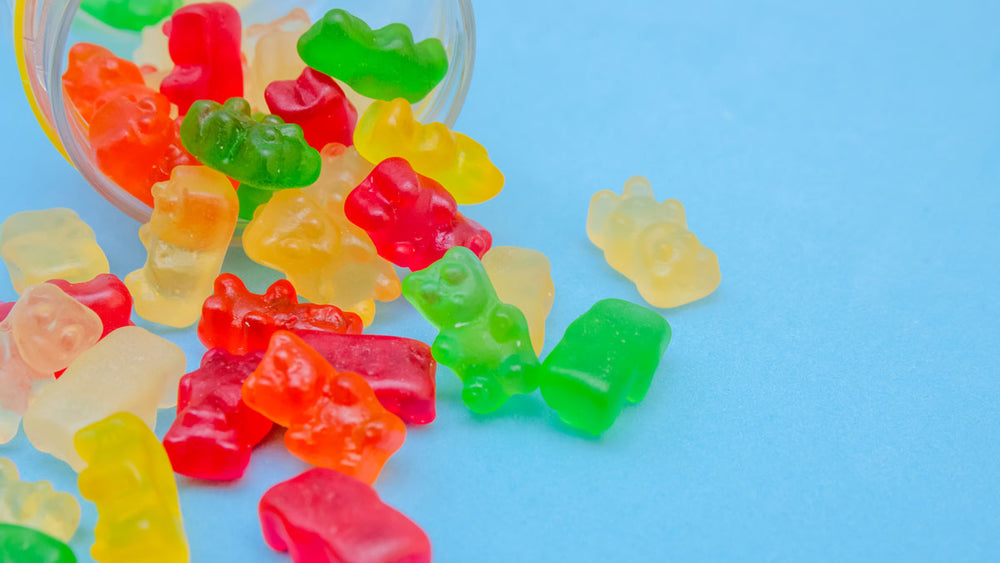

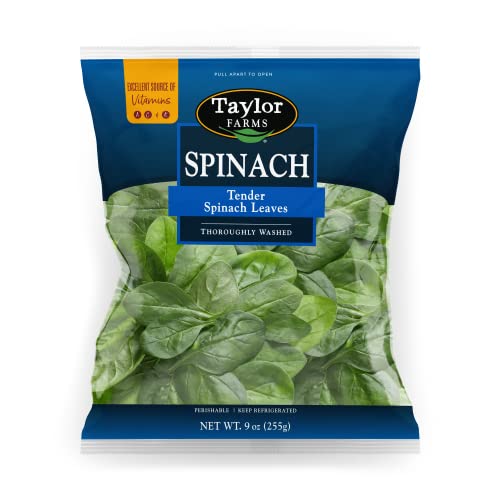
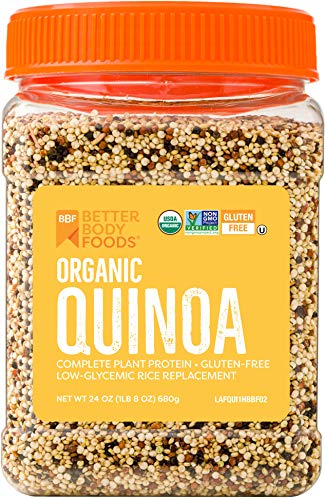

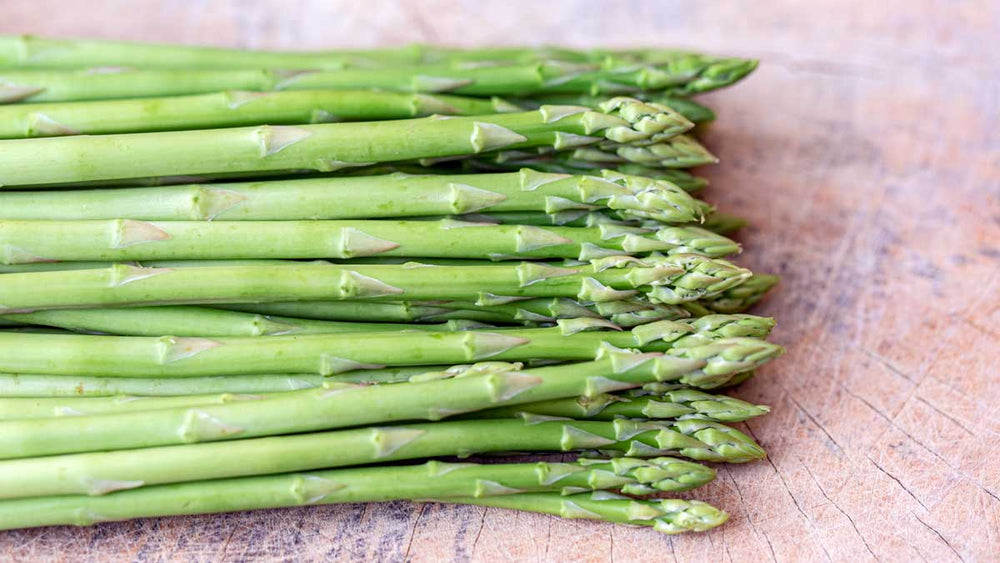
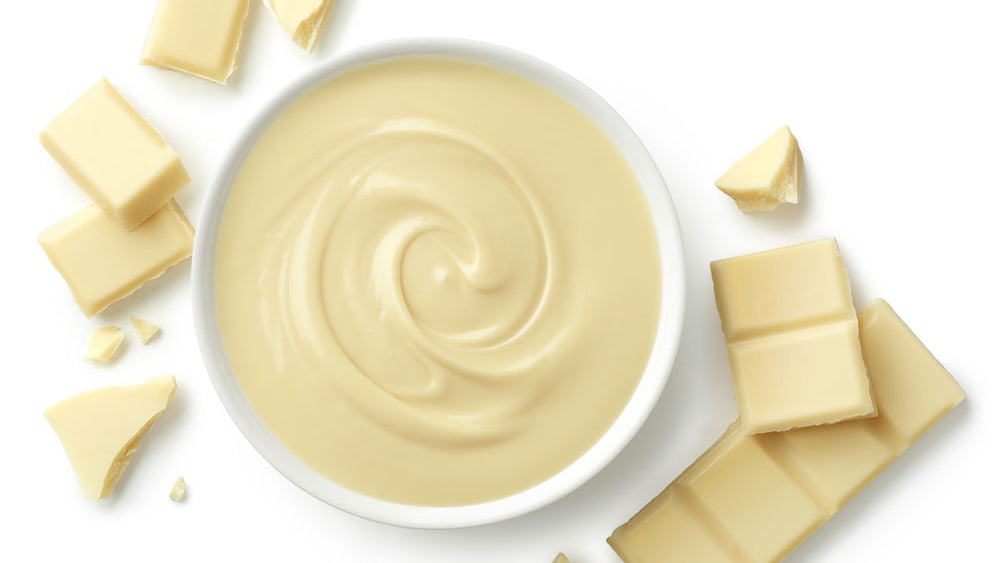










Comments
Join The Conversation...